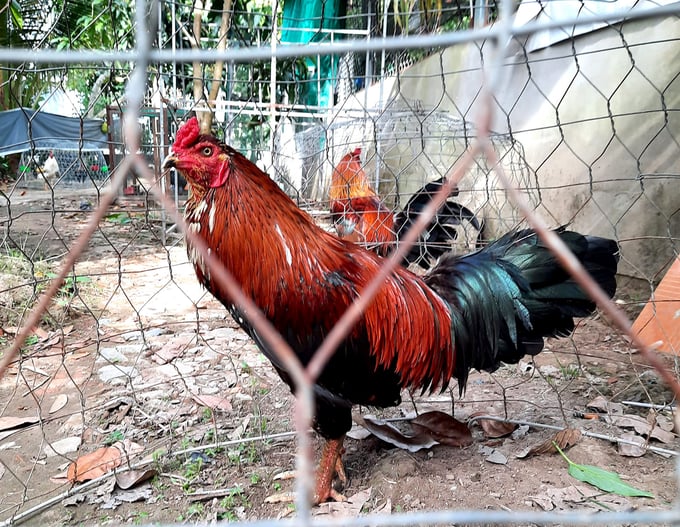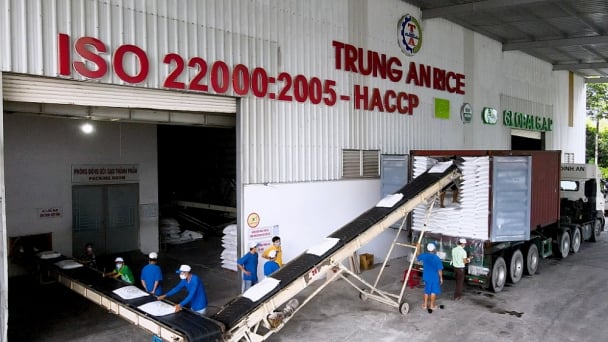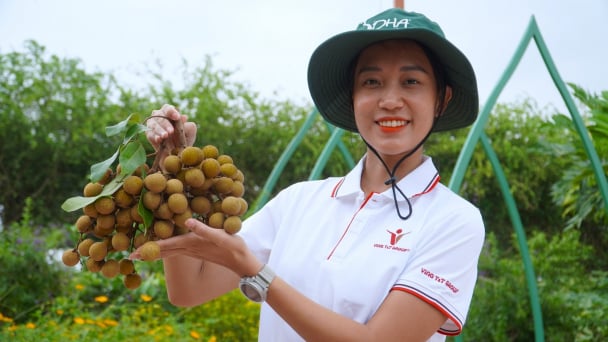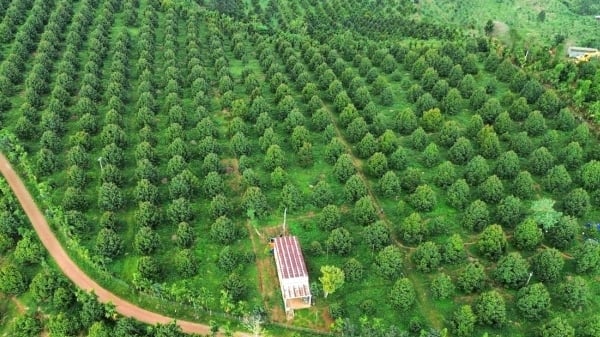June 3, 2025 | 12:03 GMT +7
June 3, 2025 | 12:03 GMT +7
Hotline: 0913.378.918
June 3, 2025 | 12:03 GMT +7
Hotline: 0913.378.918

According to the Dong Thap Department of Livestock and Veterinary Medicine, vaccination against avian influenza in the whole province is less than 10%, and only 3-4% in some localities. Photo: Minh Sang.
According to the Department of Animal Health, as soon as Prey Veng (Cambodia) detected one human fatality related to the A/H5N1 bird flu virus, the Ministry of Agriculture and Rural Development issued Dispatch No.1030/CD-BNN-TY on the smuggling and illegal transporting of poultry and poultry products from abroad to Vietnam on February 26, 2023.
The Department of Animal Health also formed working groups in Dong Thap province to collaborate on disease prevention, control, and monitoring of poultry and poultry products.
The Department of Animal Health has previously coordinated the Avian Influenza Active Surveillance Program, which is supported by the US Centers for Disease Control. As a result, samples were collected at 117 chicken marketplaces, trading, and destruction stations in 25 provinces and cities, for a total of 6,158 combined samples (equivalent to 30,790 poultry).
As many as 2,417 pooled samples were positive for a type A influenza virus (accounting for 39.25%), 361 samples were positive for avian influenza A/H5 (accounting for 5.66%), 265 samples were positive for avian influenza A/H5N1 (accounting for 4.3%), 32 samples were positive for influenza A/H5N6 ( accounting for 0.51%), and 13 samples were positive for avian influenza A/H5N8 (accounting for 0.21%).
The genetic analysis of avian influenza viruses collected between 2021 and 2022 reveals that the influenza A/H5N1 virus belongs to clades 2.3.2.1c and 2.3.4.4b; the influenza A/H5N6 virus belongs to branches 2.3.4.4g and 2.3.4.4h; and the influenza A/H5N8 virus belongs to branch 2.3.4.4b. The findings of the investigation also suggest that there isn't much of a variation in the circulating avian influenza virus branches between 2019 and 2020. The sample, in particular, was not found to be positive for the influenza A/H7N9 virus (the strain that causes disease in humans in China).
According to the Board of Epidemiology (Department of Animal Health), the viral strain that caused the recent fatality in Cambodia corresponds to branch 2.3.2.1c, which is the branch circulating throughout the area, including Vietnam. This isn't a brand-new viral strain.
Cambodian authorities examined and tested all persons who had interacted with the fatal, and all results were negative. As a consequence, there has been no human-to-human transmission of avian influenza to date. I f we increase vaccination and disease control in poultry, we can reduce the chance of avian flu spreading from animals to humans.
Following the Ministry of Agriculture and Rural Development's urgent Dispatch No.1030/CD-BNN-TY on February 26, 2023, numerous Southern areas have immediately increased bird flu monitoring and prevention.
On March 6, 2023, the whole city of Can Tho was disinfected. Can Tho's agriculture department also tracked the spread of poultry viruses in the region, collecting 936 samples. The results suggest that no A/H5N8 or H7 virus strains circulated.
Although there is a reasonably high proportion of influenza A infection among poultry flocks traded, transported, and slaughtered at Can Tho poultry slaughterhouses, the infection rate of virulent strains causing sickness in poultry and humans is very low. Yet, while vaccination rates remain low, the probability of avian influenza emerging and spreading in many provinces and towns is quite significant.
Mr. Vo Be Hien, head of Dong Thap's Sub-department of Livestock Production and Animal Health, stated that vaccination against avian influenza is now less than 10% across the province, and barely 3-4% in some places, due to the region's small-scale and fragmented chicken production.
Small-scale livestock production might possibly be a source of avian influenza epidemics in Southeast regions. According to the Binh Phuoc Department of Agriculture and Rural Development, while livestock farms actively organize and perform well the vaccination against dangerous diseases, including avian flu, in line with the establishment's vaccination procedure and the rate of vaccination reaching 100% of the total flocks, small livestock households with shady barns, difficult to apply biosecurity measures... lead to a very high risk of disease invasion and emergence, especially in rural areas.
Bird flu, commonly known as avian influenza, is mostly transmitted among poultry but can occasionally be transmitted from poultry to humans. It progresses quickly, and there is presently no particular therapy or vaccination for people.
Translated by Linh Linh

(VAN) On June 5, in Can Tho City, the Vietnam Rice Industry Association (VIETRISA) and Trung An Company will hold a ceremony to export the first shipment of 'Green and Low-Emission Vietnam Rice' to Japan.

(VAN) Minister Do Duc Duy believes this event will mark the start of a new chapter in deeper cooperation between Vietnam’s agricultural sector and the state of Iowa.

(VAN) Once merely a fruit found in local markets, Thoi Hung longans are now featured on supermarket shelves in the United States and Australia under the brand 'King Longans' – the king of longans.

(VAN) On June 2, Deputy Minister Nguyen Hoang Hiep worked with the Swiss State Secretariat for Economic Affairs, the Swiss Agency for Cooperation and Development and Head of Infrastructure Financing Dagmar Vogel.

(VAN) The Prime Minister assigned the Minister of Agriculture and Environment to direct localities to review and fully prepare the necessary conditions (such as crop varieties, livestock, materials, fertilizers, etc.) for production.

(VAN) On June 1, a grand meeting was held in Ha Long city, Quang Ninh province, to celebrate World Environment Day and launch the National Action Month for the Environment 2025.

(VAN) From the meeting in Ha Long, the United Nations called for the establishment of a legally binding global treaty to end plastic pollution.